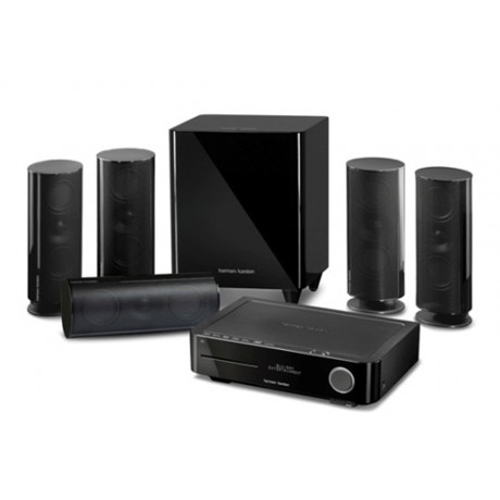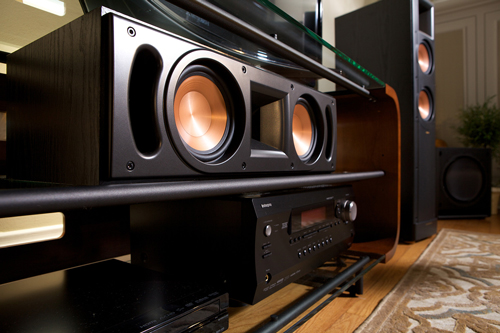Uncategorized
Taking Care Of Your Sound Equipment
TAKING CARE OF YOUR SOUND EQUIPMENT
THE CARE AND FEEDING OF YOUR SOUND SYSTEM
Your sound system represents a sizable investment, and its lifetime depends to a great degree on how well you take care of it. Take reasonably good care of it and it will repay you with years of service. We hope that these tips will be helpful to you, so that your sound system won’t let you down just when you need it most.
Believe it or not, your sound equipment is most vulnerable not while you are using it, but while you are not using it! Besides the normal wear and tear that you expect to have, to the needle, motor, cords, etc., the biggest enemies your sound system has are dampness, neglect, and helpers.
Yes, we said helpers–bless ’em, every one. Dancers are nice people, and there is no shortage of willing hands to help set up and take down your equipment. And maybe forget to latch a case, or drop your microphone, or leave your power cord plugged into the wall, etc. And when a disaster happens, what can you say, to somebody who was only trying to help?
Sound equipment when not in use should always be kept in a dry place. Damp surroundings and consistently high humidity cause electric contact surfaces to get a film of corrosion, and the more moisture in the air, the faster this film builds up, to the point where it causes poor contact. If you store your equipment for any length of time, be sure it is in a dry place, and before you store it, put a film of protective material such as WD-40 on all of the plugs and sockets, if you want it to work the next time you use it. Anything that slows down oxidization will make your equipment last longer.
Conditions of extreme heat don’t do sound equipment any good, but if it is kept dry, no serious damage should result. If you must keep your sound equipment in a very cold place, like your car trunk in sub-zero weather, try to allow time for it to warm to room temperature before you have to use it. If you bring your sound system from a very cold place into a warm room, a film of water will instantly form on every exposed surface. This can cause many unpredictable problems, both electrical and mechanical, within your sound system. Motors can run slow, belts can slip, it can make your microphone sound funny for a while; but as soon as everything is warm and dry it should operate normally.
We are often asked for recommendations about what spare parts should be kept. A spare needle is a must for everyone using records. A spare microphone cord is not a bad idea–a good microphone can be expected to outlast several cords, because the cord takes a lot of punishment. If you keep a set of spare plugs and sockets for your speaker cords, be sure to keep a film of oil on them, or they will oxidize just as fast as the ones that are in use, or faster! A spare speaker cord, power cord, and any patch cords you regularly use are a good idea have with you. This is good insurance incase of one going bad or being left behind at your last dance — it happens! If you are always driving the same car to your dances then keep these spares in a separate bag or box in the trunk of your car.
Here are some suggestions for periodic inspection and preventive maintenance, to make your sound system last longer and head off potential problems.
Painted and finished surfaces:
Use a soft cloth or sponge dampened in a mild detergent solution for cleaning these surfaces. Some chemical cleaners will dissolve paint or plastic, so using any of these is not recommend. A vacuum cleaner with a dusting brush attachment does a good job removing loose dust and lint.
Music sources:
If you use any of the following as your main music source — Laptop, MP3 player, CD player, or MD player — we have one important suggestion. Make sure you have something for a back up! It can be another one of the same type of component or something else. If you use a Laptop you might want a small MP3 player (and spare batteries) as your back up. Keep in mind — no music, no dance! Periodically use your back up at a dance to make sure it is still in good working order — nothing worse than a flat spare tire when you really need it.
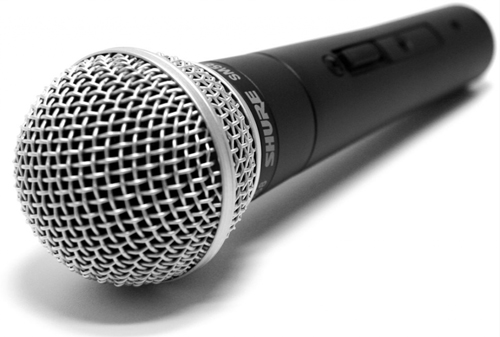
Microphone:
Care of a microphone is fairly obvious. Don’t drop it; don’t blow into it; don’t spray or squirt any material into it in an attempt to clean it. Keep it in a dry place when not in use. Excessive moisture inside a microphone can interfere with the free motion of the diaphragm, causing the voice to sound unnatural. A microphone stored in a very cold or damp place may show this symptom. A microphone with inadequate filtering may even develop this problem while in use, from the moisture in the user’s breath. In either case, the problem will probably be gone when the microphone is once again dry. Excessive moisture can eventually cause corrosion and oxidization of components inside the microphone, causing it to fail. Most modern microphones have easily replaced internal foam filters. Check the foam filter periodically and clean it if it is good shape, replace it if it is starting to disintegrate.
A microphone in which the diaphragm is beginning to drag has opposite symptoms from those of a worn needle. There will be a loss of bass in the voice program, making it sound tinny, and there will be an increased susceptibility to feedback.
If you use a wireless microphone, make sure you always have new batteries available. Keep this in mind — almost half of the wireless microphones that we get in for repair only needed a new battery. Batteries can cause weird problems so if you have any problem — replace the battery! Also make sure you have a wired microphone with you since you never know when you might have an interference problem or something else happen at a dance to your wireless system.

Speakers:
Speakers, like other components of your sound system, should never be dropped or handled roughly, or stored in a damp place. The most frequent speaker problems come from cords and connectors.
If a speaker has been dropped or handled roughly, it may develop a misalignment of the voice coil which can eventually lead to what is called a “dragging cone.” To check for this, hook the speaker to your sound system. Turn the music volume off, and set the bass at maximum and the treble at minimum. Select a piece of music that has a good clean bass beat to it. Put your ear in front of the speaker and turn up only enough music volume so that you can hear the music clearly. If the cone is beginning to drag, you will hear a rasp on each bass note. The speaker may sound normal at your usual volume and tone settings, but over a period of time the problem may gradually become worse so that the speaker must be reconed or replaced.
Having checked the speaker itself, reset the tone controls to normal and turn up considerable volume. Listen for any rattles or vibration from the grille or case, correcting these as necessary.
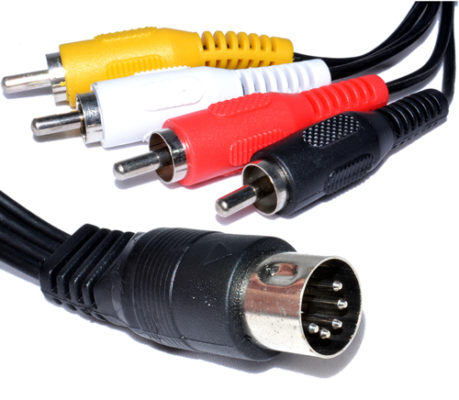
Plugs, sockets, cords:
In normal use, your cords, plugs and sockets take more punishment than any other part of your sound system. For this reason they should get a little extra attention–more frequent checkups, extra care in handling and stowing–to prevent failures and to prolong their life. Fortunately, there are advance warning signals before these components fail. If you know what to look for, you can avoid embarrassing interruptions of your dance program.
Wear of plugs and sockets: If plugs slip in and out of their sockets much more easily than when they were new, they are getting worn and should be replaced before they begin to make poor contact.
Corrosion of plugs and sockets: Contact surfaces of plugs and sockets may become corroded from moisture in the air, particularly in very humid climates. This corrosion prevents good electrical contact. If your speaker plugs and the plugs on speaker cords become tighter rather than looser, it is the result of corrosion. One good way to slow down this process of corrosion, and even restore good electrical contact after oxidized film has begun to build up, is by cleaning plugs and sockets with WD-40, which is available at almost any hardware store. Put a little WD-40 on the plug of your cords and speakers; plug then in and out of their sockets a few times to work some of the material into the sockets, and wipe away any excess. This will help to prevent buildup of film which would cause intermittent contact.
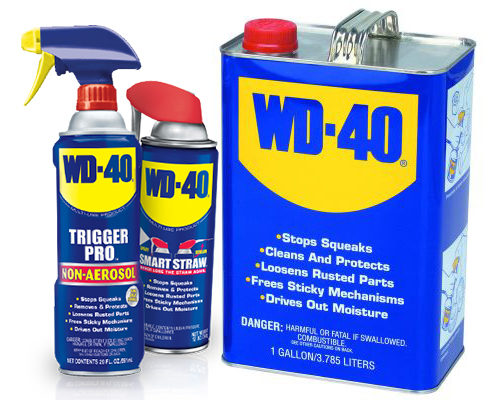
Broken strands in cords: Cords can become frayed inside their insulation from repeated flexing and bending. To check your cords, set up your sound system, plug in your mic and play some music. Wiggle each plug in its socket and flex each cord along its entire length. Listen for static and interruptions, which are warning signals of future trouble.
I know I mentioned this earlier, but it is worth repeating; keep spares of the important cords in a separate bag in the trunk of your car! I can guaranty that you will be thankful it is there someday.
Remember, any wire can be bent only so many times, and it will eventually break. You can make your cords last much longer if you form the habit when you put them away of coiling them without sharp bends. This particularly important in the case of shielded cables, including microphone cords.
Source: www.hiltonaudio.com

